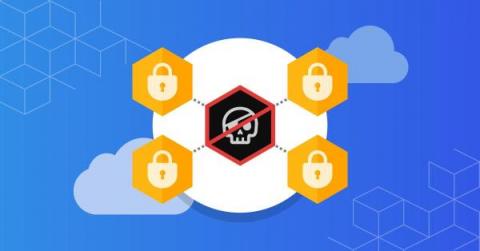How to secure Kubernetes at the infrastructure level: 10 best practices
Infrastructure security is something that is important to get right so that attacks can be prevented—or, in the case of a successful attack—damage can be minimized. It is especially important in a Kubernetes environment because, by default, a large number of Kubernetes configurations are not secure. Securing Kubernetes at the infrastructure level requires a combination of host hardening, cluster hardening, and network security.




